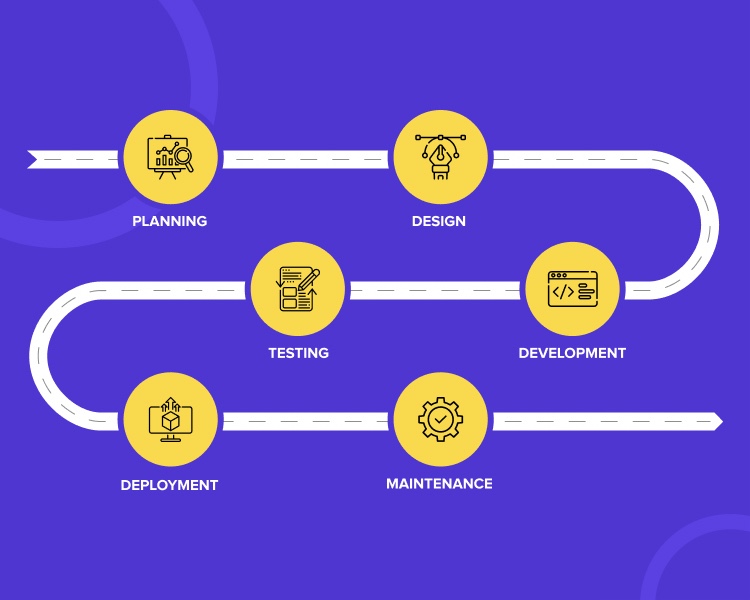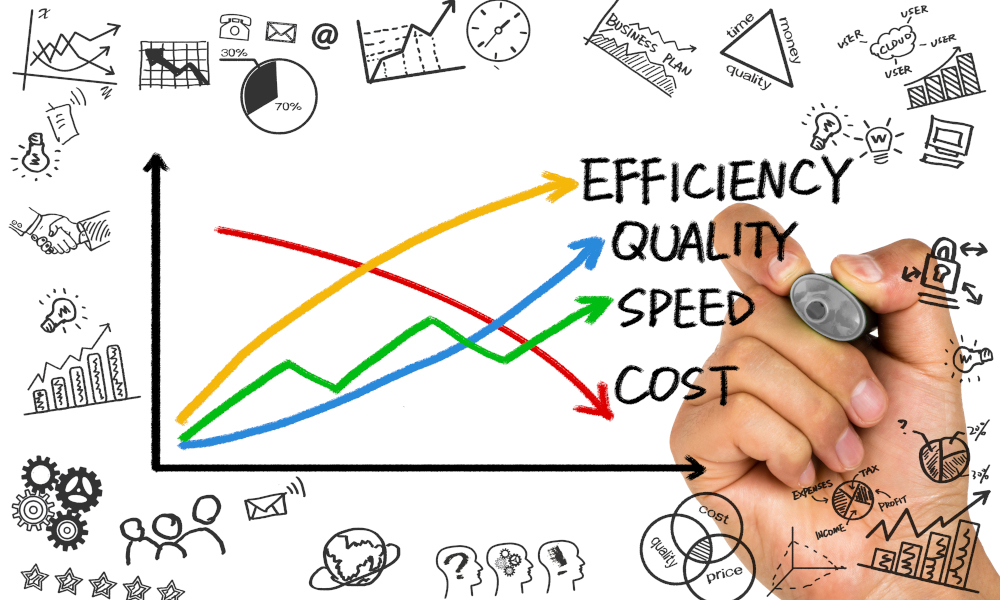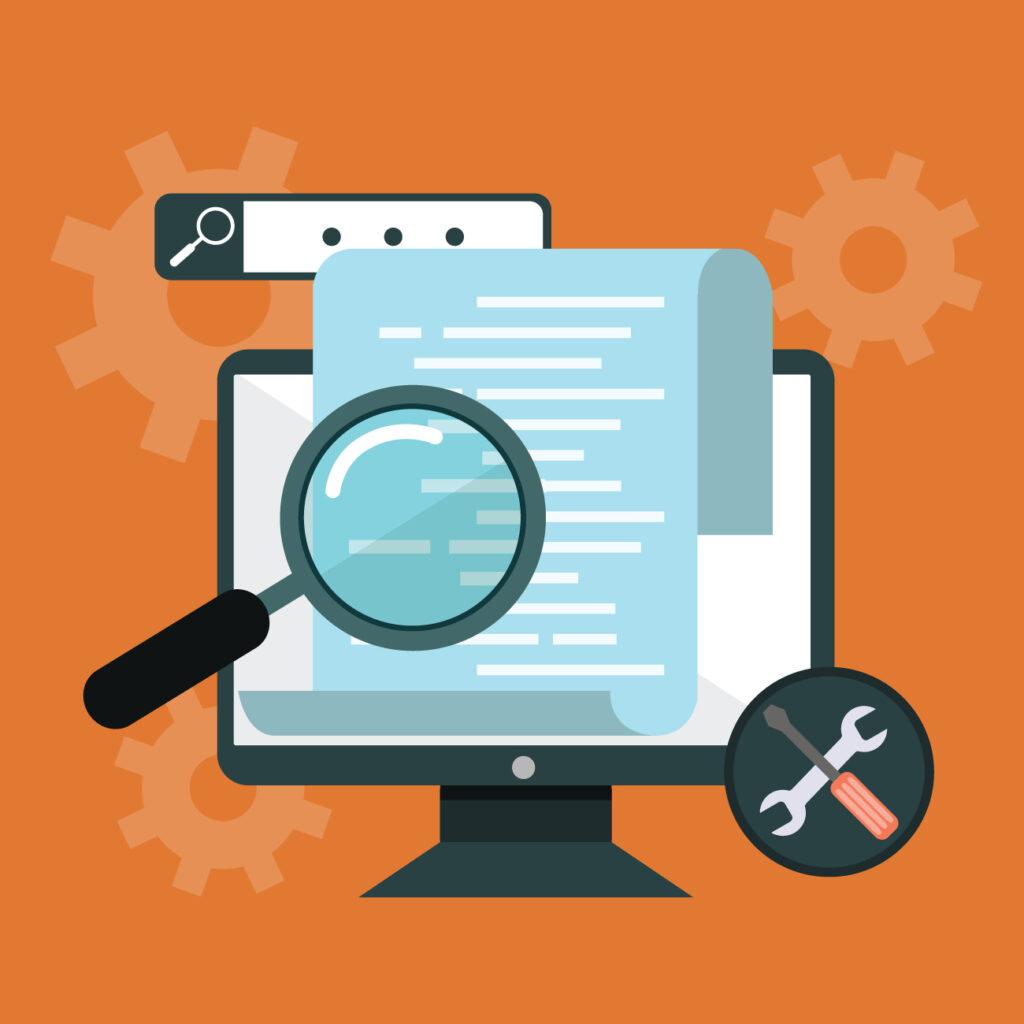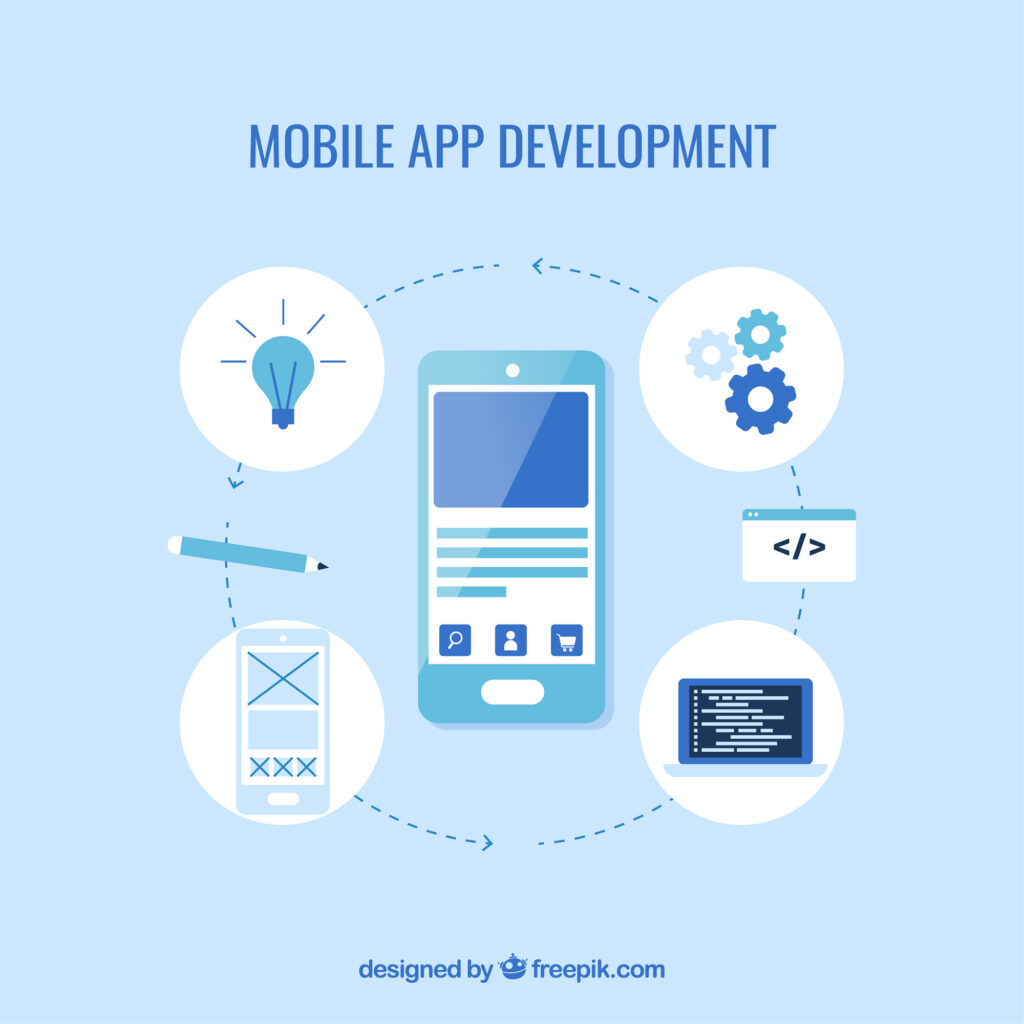
Overview of the Technology
Quality assurance (QA) is a systematic approach to ensuring that products and services meet customer expectations. QA encompasses a wide range of activities, from planning and design to testing and evaluation.
The goal of QA is to prevent defects from occurring in the first place, rather than finding and fixing them after the fact. This can save time and money in the long run, and it can also help to improve customer satisfaction.
There are many different approaches to QA, but some common elements include:
-
- Planning: QA planning involves identifying the risks to quality and developing strategies to mitigate those risks.
-
- Design: QA design involves building quality into products and services from the start. This can be done through techniques such as risk analysis, usability testing, and quality function deployment.
-
- Testing: QA testing involves verifying that products and services meet customer expectations. This can be done through manual testing, automated testing, and other methods.
-
- Evaluation: QA evaluation involves assessing the effectiveness of QA activities and making improvements where necessary.

QA is an essential part of any organization that wants to deliver high-quality products and services. By investing in QA, organizations can improve their bottom line, increase customer satisfaction, and build a reputation for quality.
Here are some of the benefits of QA:

-
- Improved product quality: QA helps to identify and fix defects in products and services before they reach customers. This can improve the overall quality of the product or service, which can lead to increased customer satisfaction and loyalty.
-
- Reduced costs: QA can help to reduce costs by preventing defects from occurring in the first place. This can save money on rework, recalls, and other costs associated with defective products or services.
-
- Increased efficiency: QA can help to improve efficiency by identifying and fixing defects early in the development process. This can save time and money by preventing defects from propagating through the development process.
-
- Enhanced compliance: QA can help organizations to comply with regulations and standards. This can protect the organization from fines, penalties, and other consequences of non-compliance.
-
- Improved reputation: QA can help organizations to build a reputation for quality. This can attract new customers, retain existing customers, and boost sales.
If you are looking for ways to improve the quality of your products or services, QA is a great place to start. By investing in QA, you can reap the many benefits that it has to offer.
Our Services

This involves testing products or services by hand, using a variety of techniques such as walkthroughs, inspections, and user acceptance testing.
This involves testing the performance of products or services under load. Performance testing can help to identify bottlenecks and ensure that products or services can handle the expected volume of traffic.


This involves testing products or services for security vulnerabilities. Security testing can help to identify and fix security flaws before they can be exploited by attackers.
With the proliferation of mobile devices and applications, QA services also include mobile app testing. QA teams perform comprehensive testing of mobile apps across various platforms, screen sizes, and network conditions. This ensures that the mobile app functions flawlessly, delivers optimal performance, and provides an excellent user experience across different devices.


Test automation involves the use of specialized tools and frameworks to automate repetitive testing tasks. QA teams design and implement automated test scripts to streamline the testing process, increase test coverage, and improve efficiency. Test automation reduces manual effort, accelerates the testing cycle, and enhances the accuracy and reliability of test results.
Furthermore, emerging technologies such as artificial intelligence (AI), machine learning (ML), and data analytics are being increasingly incorporated into QA services. These technologies enable predictive analysis, intelligent test automation, and enhanced test coverage, leading to more efficient and effective QA processes.
The choice of which QA subservices to use will depend on a number of factors, such as the size and budget of the organization, the complexity of the product or service being developed, and the level of expertise that is needed.
For example, a small organization with a limited budget may only need to use manual testing. However, a large organization with a complex product or service may need to use a combination of manual and automated testing, as well as other QA subservices such as performance testing and security testing.
It is important to choose the right QA subservices for your organization’s needs. By doing so, you can help to ensure that your products and services are of the highest quality.
Our Team and Expertise:
Our QA team comprises a highly skilled and experienced group of professionals dedicated to delivering exceptional quality assurance services. With a team size of five members, each individual brings a wealth of expertise in both manual and automated testing.
In the realm of automated testing, we utilize industry-leading tools to ensure the highest level of accuracy and efficiency. For web-based automation testing, we rely on the powerful Selenium WebDriver framework, which allows us to seamlessly automate and validate the functionality of web applications. In addition, for mobile application testing, we leverage the robust capabilities of the Appium tool, enabling us to perform comprehensive and reliable testing across various platforms and devices.
With our team’s collective expertise and comprehensive understanding of quality assurance practices, we can meticulously evaluate and enhance the performance, functionality, and security of your software applications. By combining manual and automated testing methodologies, we ensure that your products meet the highest quality standards and deliver an exceptional user experience.
